While you are moving into a new home or giving your home a makeover, a paint job is a must. Painting walls may look like a straightforward task but did you know that there are many ways a paint job can go wrong? We are here to explore these common issues that are not commonly addressed.
What are these issues caused by a bad paint job? Bubbly walls, peeling paint and mould are just some of the visible signs. Prepare to be enlightened because our in-house painting experts are shedding some light on this home decor topic and here they are:
If you have noticed the outer layer of paint peeling off in places the reason may be a bad paint job. This occurs when a new coat is painted over the old coat without removing the first layer. As a result, the new paint doesn’t stick well to the wall and starts peeling. It also happens when the wall is not scoured well and has collected moisture before a fresh coat of paint is applied.
Solution: You must sand or scour the base wall to help in preventing the peeling problem. After the wall is well-smoothened, apply an undercoat and let it dry. Paint over it with good quality paint to avoid the peeling issue.
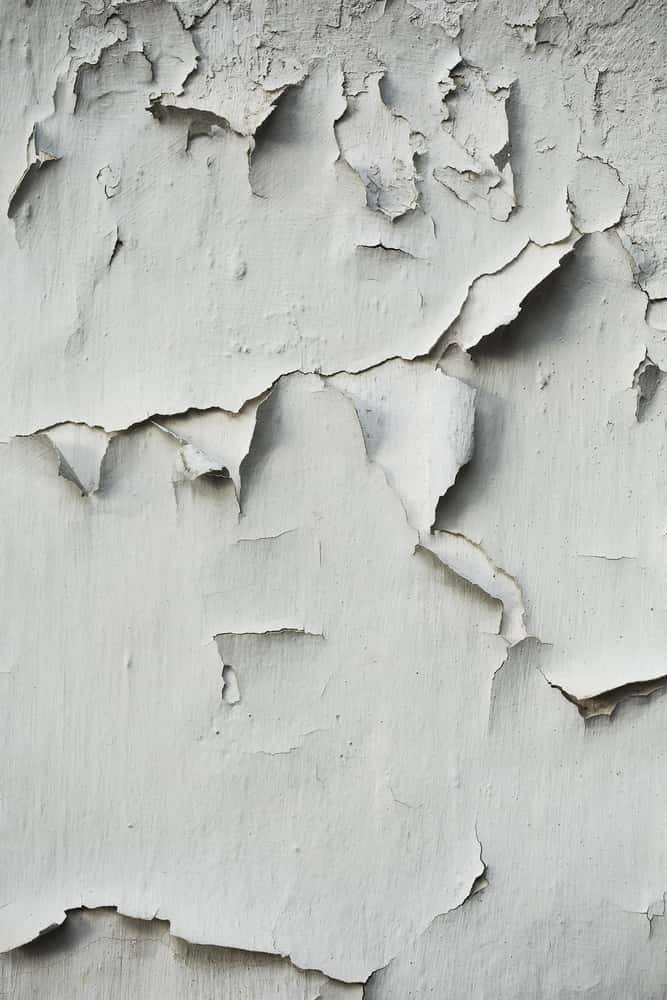
When the paint starts developing a blister-like appearance on certain parts of the wall, it is known as bubbling. It is quite common in areas where there is leakage, high humidity, and the surface hasn’t been prepared well before painting.
Solution: Remove paint from the affected part. Look for leakages and fix them. Let the area dry thoroughly, there should be no dampness on the wall. The wall has to be absolutely dry before a fresh coat of paint is applied. Use good quality paint to avoid such a problem in the future.
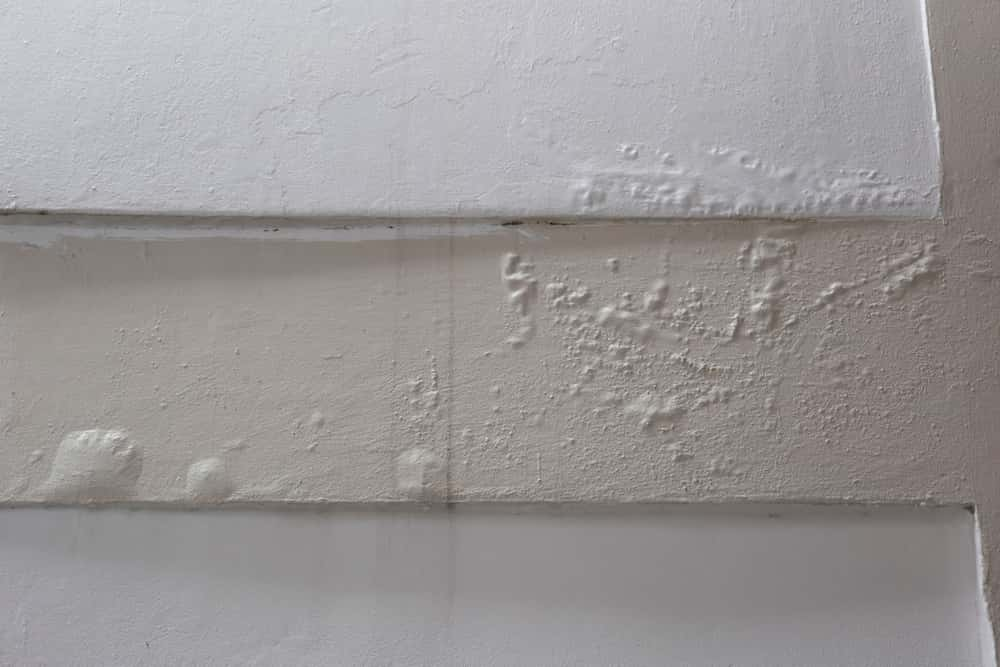
When the paint starts breaking apart, it is known as cracking. Cracking can happen even on a single layer of paint. It is usually a sign that the painting has been done in a hurry without letting the first coat dry well. 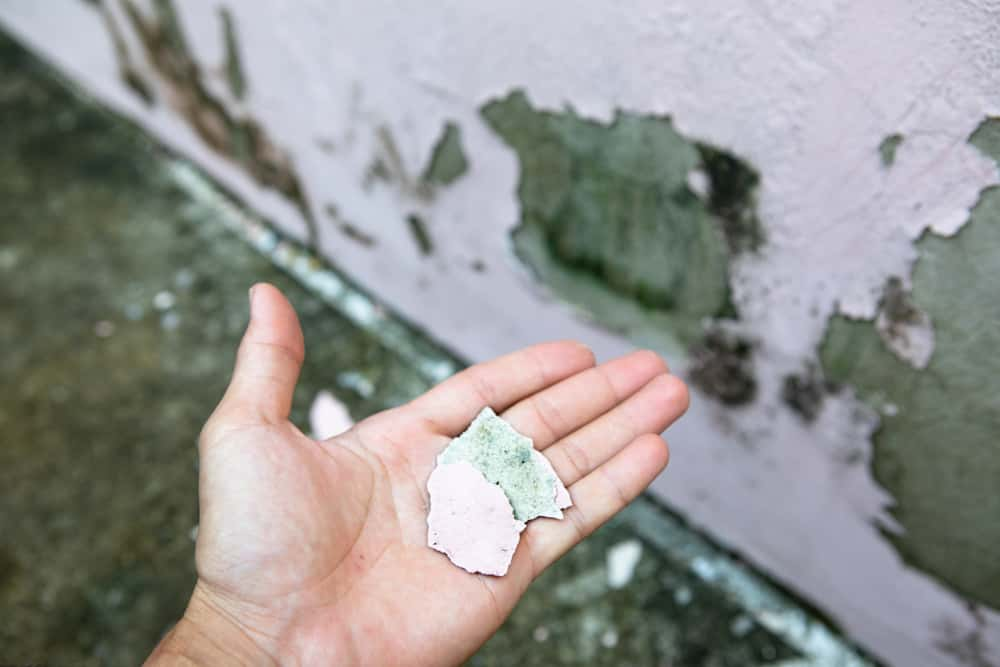

Solution: Scrape the affected area thoroughly either with sandpaper or a similar scouring agent. Smoothen the wall before applying a primer coat. Once it dries, repaint it with good quality paint to avoid trouble in the future.
Fungal mould is characterized by black, green, brown spores usually seen on the wall’s surface. They’re a sign of moisture, leakage or bad ventilation. They occur when the paint is of low quality and without any fungal shield properties. The combination of low sunlight and low-quality paint can result in the proliferation of fungal mould.
Solution: It is recommended to first identify the exact reason for the fungal mould. Leakage, bad ventilation, humidity, or low sunlight. If the problem is leakage, fix the source first. Clean the area with white vinegar to kill the spores. Let the area become free of mould, scour and let it dry thoroughly. Apply stain-blocking primer and a coat of oil-based paint. Make sure that the area gets adequate sunlight to avoid mould problems in the future.
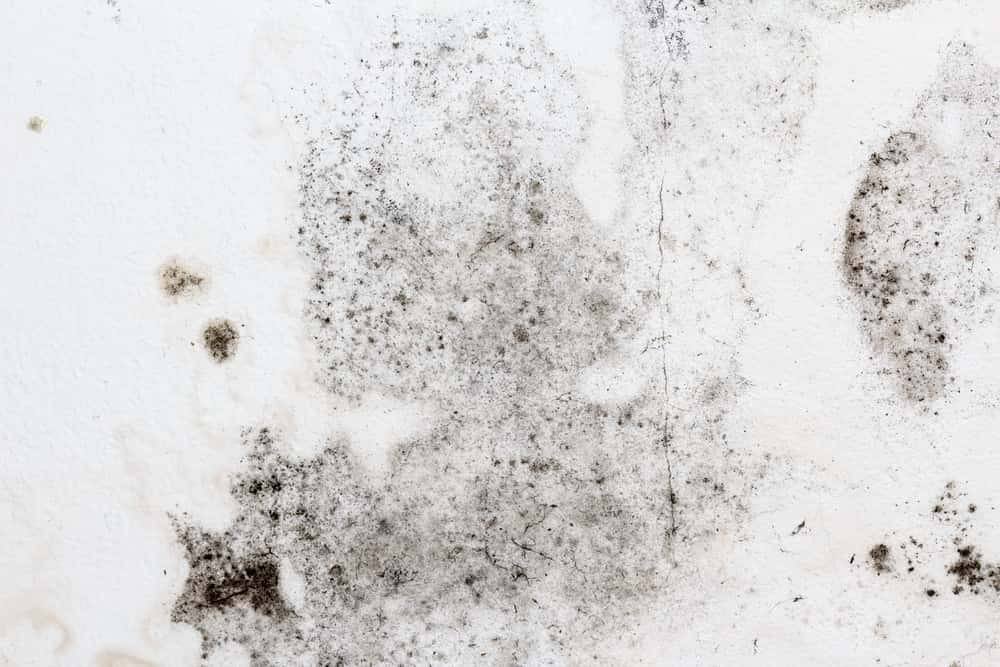
If you run your hand against the wall and there’s a layer of powdered paint in your hands, it is known as chalking. Chalking generally occurs when low-quality paint is applied on the walls, or the paint is past its expiry date, or the wall has been painted aeons ago.
Solution: Scrape and remove the paint that has started coming off. Add a coat of primer and then repaint the surface. Repainting must be done with good quality paint and applied as recommended by the brand.
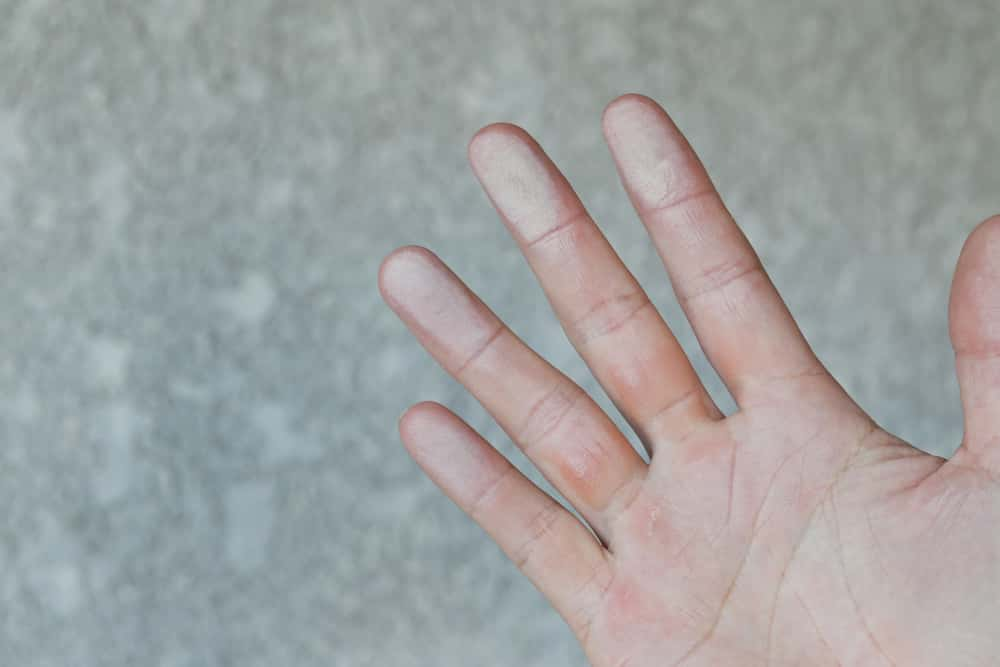
When paint starts folding like creases on a cloth, it is called wrinkling. This might have happened because when the paint was first applied, the weather might have been either too warm, too cold or damp. It causes the paint to dry quickly on top, while the bottom is still damp. This variation in paint drying causes wrinkling.
Solution: Clean the wrinkled area with sandpaper or any other scouring agent. Let the primer dry completely before you apply the topcoat. Make sure that the weather temperature is ideal before while you apply fresh paint.
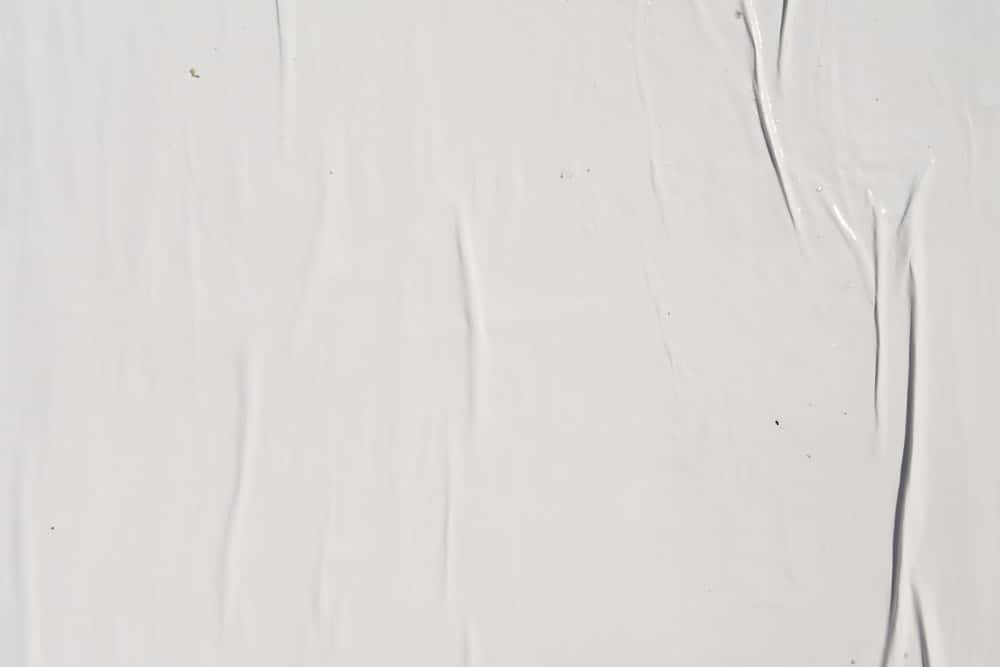
Yellowing is usually observed in areas like the kitchen, behind the stove counter and on the wall behind heavy electronic appliances. It happens due to lack of light, heat and oxidation of the paint.
Solution: Use high-quality, water-based paints when you’re painting the wall over the yellow patch. As always, it is essential to clean the area well, apply the primer, followed by water-based paint. 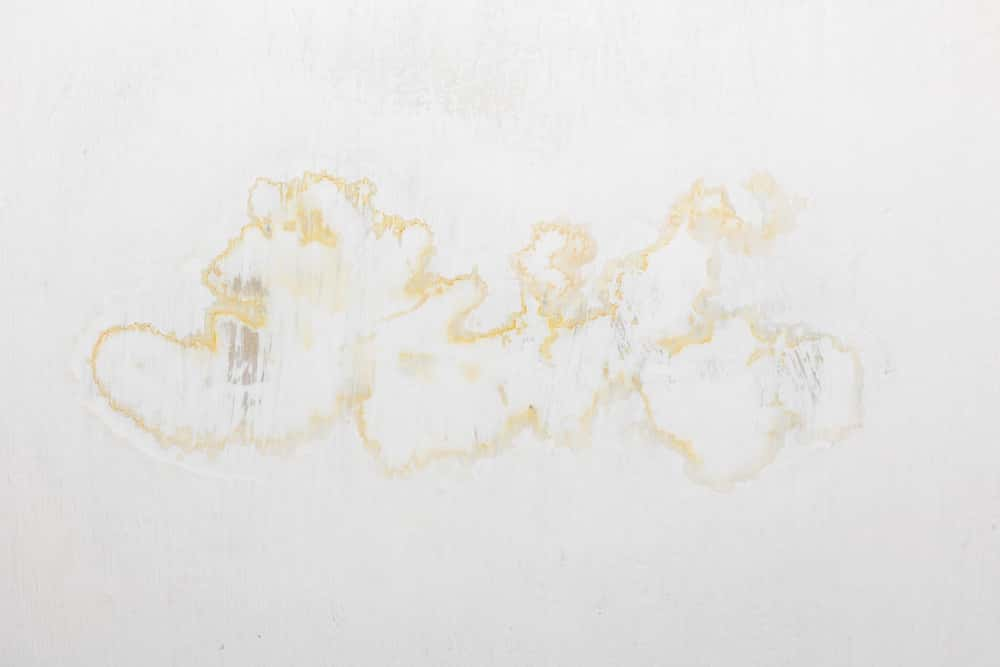
Stains are probably the most common and visible problem one encounters in daily life. Stains happen when the paint can’t absorb dust because it is a low-quality paint, or the base coat didn’t dry well.
Solution: Applying high-quality, water-based paint will solve the stain problem. Make sure that the base primer is also of good quality, and applied as per the brand specifications.
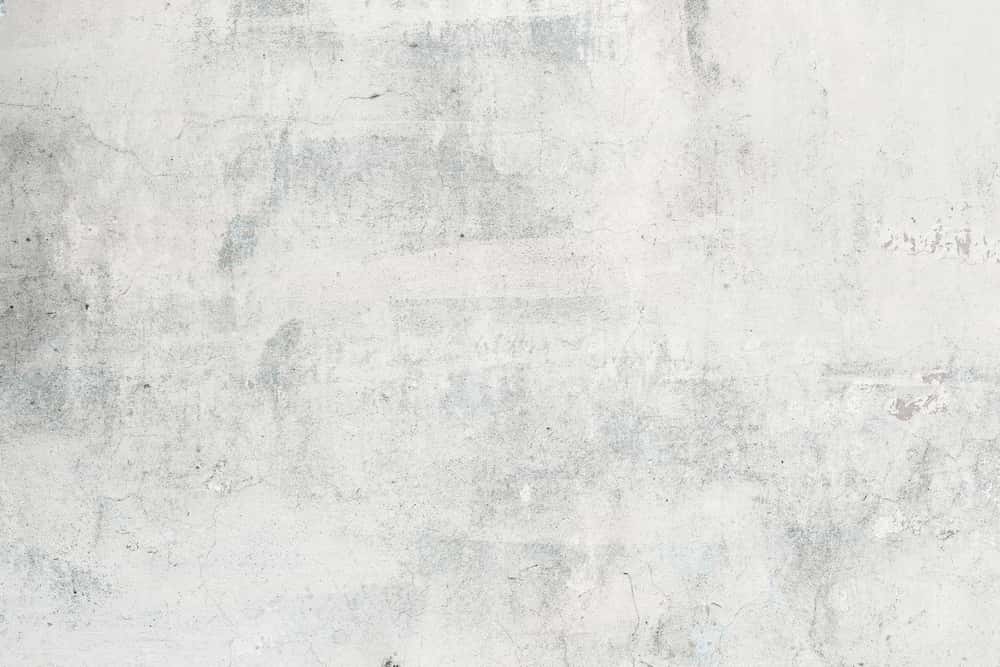
For any type of repaint or new painting work, one must use high-quality paint. The paint should always be applied as per the instructions of the brand. As a thumb rule, the affected area should be scraped smooth with sandpaper or similar scouring agents. Leakages, if any, should be identified and fixed before a fresh coat of paint is applied. Areas with high humidity, less ventilation or sunlight should be opened up or fixed in such a way that the core problem is addressed; else, mould will become a recurring problem.
HomeLane’s painting experts ensure that you do not have to deal with any of these common painting problems. Want to get your interiors done by professionals so that you don’t face any similar issues with your new home? Get in touch with the HomeLane team right away.

 EXPLORE MORE
EXPLORE MOREExplore This Vibrant Bangalore Home That Revels in the Interplay of Patterns and Textures!
This Stunning Chennai Home Channels Nuanced Character and Tonality
Step Into This Minimal Chennai Home, and Get Wrapped in Comfort!
This Compact Chennai Apartment Is an Ode to Smart Design and Functionality!
 EXPLORE MORE
EXPLORE MOREExplore This Vibrant Bangalore Home That Revels in the Interplay of Patterns and Textures!
This Stunning Chennai Home Channels Nuanced Character and Tonality
Step Into This Minimal Chennai Home, and Get Wrapped in Comfort!
This Compact Chennai Apartment Is an Ode to Smart Design and Functionality!
By submitting this form, you agree to the privacy policy and terms of use